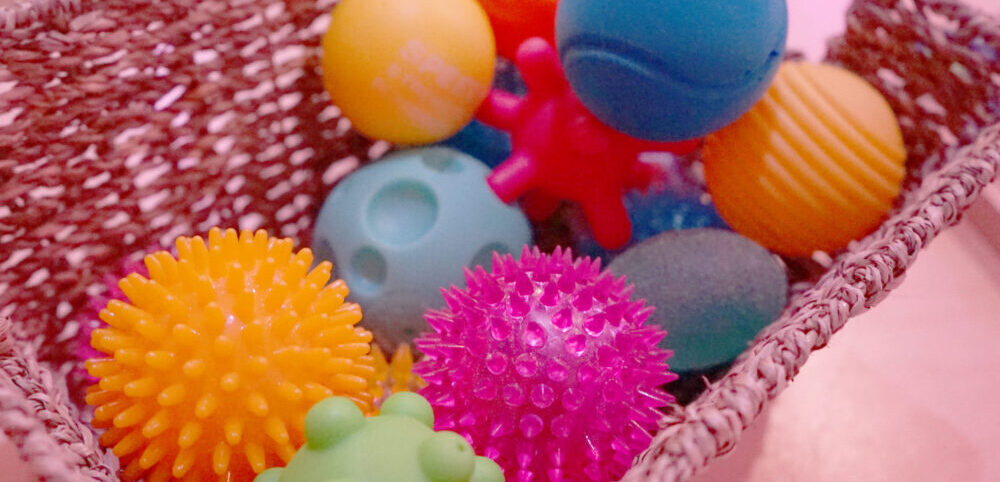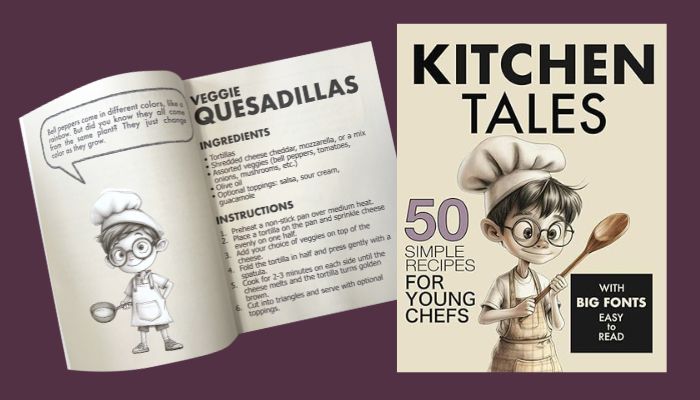Chiffon scarf play ideas
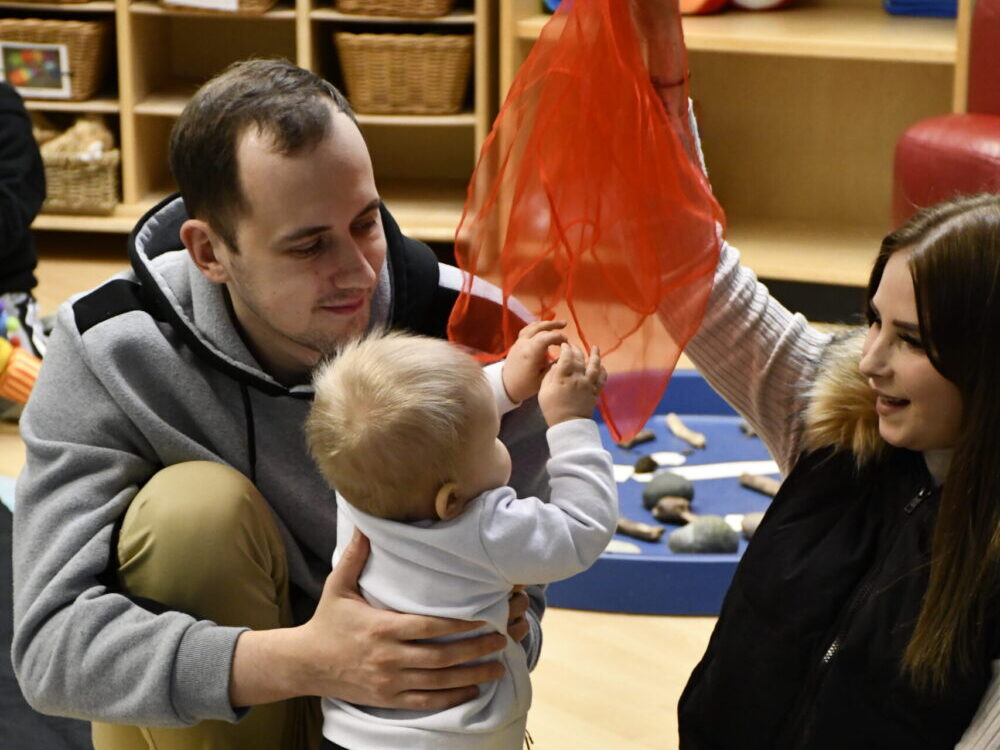
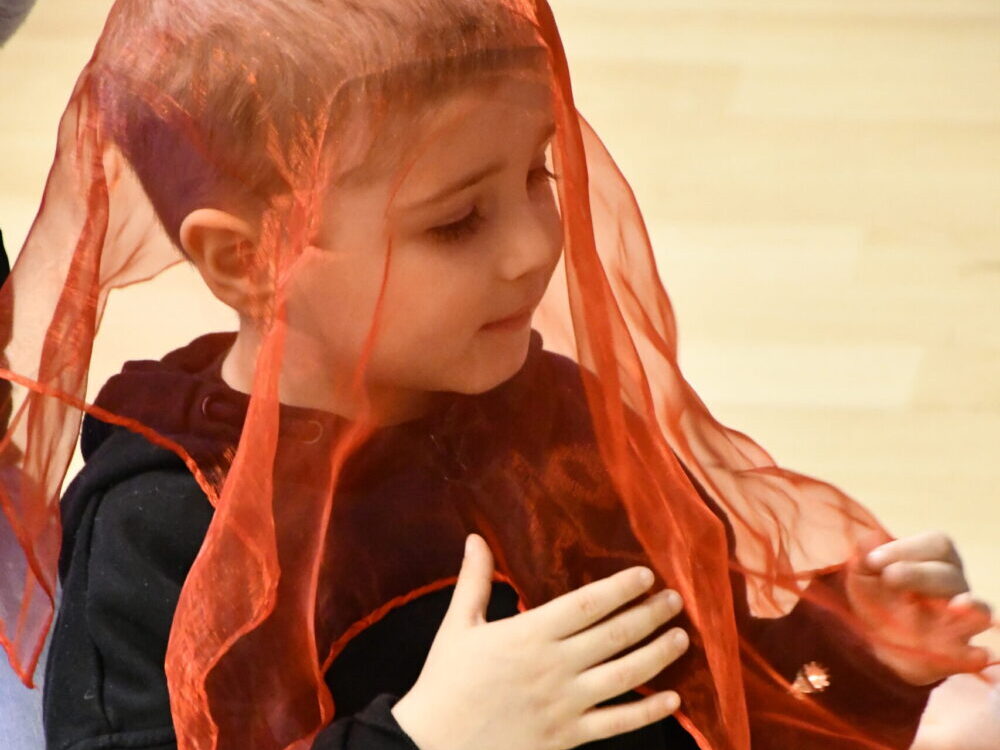
Chiffon scarves are a highly versatile must have item which can be used to create simple games that can help to develop both gross and fine motor skills, as well as hand eye co-ordination and the development of the sense of touch.
Chiffon scarves are a highly versatile must have item which can be used to create simple games that can help to develop both gross and fine motor skills, as well as hand eye co-ordination and the development of the sense of touch.
Safety note – never leave child unattended with the chiffon scarf due to risk of suffocation or choking, it is not a toy and should only be used with an adult.
Start playing!
- Throw the chiffon scarf high in the air and watch it float down
- Throw the chiffon scarf and catch it again
- Use the scarf to make different shapes in the air or trace letters
These games will depend on your child’s level of sight – but given the unthreatening weight of the scarf, using their hands rather than their sight to track the falling item or to touch the shape means that it can be adapted regardless of visual acuity.
Build in visual breaks
Be mindful to break the skills you’re developing while using the scarf into small manageable sections. If your child is unable to use their sight to visualise a movement or action, you will have to guide them verbally or manually. As a result, it might take your child slightly longer to master the activity which could potentially make it tiring for them. Once they have mastered one element of playing with the scarf, it should be easier for them progress into different types of games.
Introductory activity
Initially, help your young child learn movement concepts by waving their scarf at low level (below knees), medium level (at waist), and high level (overhead). This will be a good way to help them to understand some spatial awareness in relation to body positioning.
Scarf tossing
Scarf tossing is another example of how you can examine a simple activity and break it down into smaller chunks. During each activity, you are working with them on their fine motor skills, so take the time to break it down into these individual skills:
- Begin with tossing activities by simply showing your child how to toss the scarf overhead. Watch and visually track with your child as it floats to the ground or if they have little or no vision, sit on the floor and wait for it to make contact with them.
- Next, introduce a two-handed catch as your child becomes familiar with how slowly the scarf will fall. A child with no sight can hold out both hands and wait for the scarf to return.
Ready for the next step? Make things even more challenging by introducing:
- Tossing with one hand and catching with the other.
- Tossing and clapping before catching.
- Twirling around and catching the scarf before it hits the ground.
- Tossing and catching the scarf with different body parts (head, elbow, and foot).
This is a good example of how something we would consider to be a simple action can be broken down into smaller, simpler chunks to compensate for the lack of visual information. The activities may take a bit of practice but they are all achievable with the right help and guidance. Getting it right first time isn’t important, having fun is!
Musical chiffon scarf play
Chiffon scarves can be of great assistance when playing games that involve music.
- Double the scarf up as the conductor’s wand to follow the speed, tempo, volume or actions within a song.
- Use the scarf to reinforce the meaning of words in a song such as up, down, fast or slow.
- Let your child simply have fun dancing with scarf and use it to reflect how the music makes them feel.
Moving and music is a completely natural pairing, over time you will see your child start to move the scarf to the feel of the music. This will start to happen once they become aware that the item and music can go together hand-in-hand. Here are some examples of great action songs to try alongside the scarf:
- Here we go round the mulberry bush…
- The wheels on the bus…
- Head, shoulders, knees and toes…
- The Hokey Cokey…
- If you’re happy and you know it (insert wave your scarf for a verbal prompt)…
You can find more song ideas to use with our sensory items here >
Peek-a-boo
The scarf helps with what otherwise is considered a visual game and transforms it into one a vision impaired baby can enjoy too. Lie them down or sit up if they are able and gently lie the scarf over their head, explaining as you go. Hold the two corners and start building suspense… ” peeee… kaaaaa…” and pull the scarf off with the “boo”. As they get older they can be the one to pull if off their head and you can react with joy and surprise!
Hide and seek
You can hide other sensory objects under the scarf and encourage them to feel through the scarf. Can they work out what the object is? Can they discover how to find it under the scarf?
Threading and stuffing
The scarf is a lovely, non-threatening material for such activities. If you have toys with a hole through them, peep it through so they can pull it the rest of the way through. You can always thread it through an empty kitchen roll tube or cut holes into a cardboard box so that they can thread it through the holes and practice fine motor skills. If you have an old tissue box they can stuff the scarf inside and pull out again – even better if you have more than one scarf to play with!
Blowing in the wind
If you have one of our Sensory Discovery Packs, you could use the pump to blow the scarf from side to side.
Learning parts of the body
With them lying on their back, run the scarf over different body parts while naming them. For example, you could say “Where are your toes? Here they are!” and brush the scarf over their toes. You could include a song such as ‘head, shoulders, knees and toes’ while you play.
Sensory crawl
Dangle the scarf down and encourage them to crawl through it, if you have a set of scarves you could tie them to something such us a broom handle or hula hoop and hold it up and let them crawl through all the scarves. This can ignite the imagination of a toddler – perhaps they’re on a jungle adventure or swishing through long grass.
Sensory tray play
If you are building a themed sensory tray for your child, the texture of the scarves mean they are great to include – they can represent the sea or maybe even a swishing animal.
Eye tracking
As with the light-up toys, you can use the scarf to get to know your child’s vision. Lay them in tummy time and very slowly, move the scarf from side to side, to help them practise following it.
Tug of war
If your child can sit, you can have a gentle game of tug of war with them, pull it in different directions and exaggerate how much they are pulling you. They might fall over during this so make sure they can’t hurt themselves! This is a fun one to combine with action songs such as ‘row, row, row your boat’.





